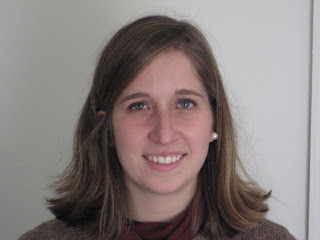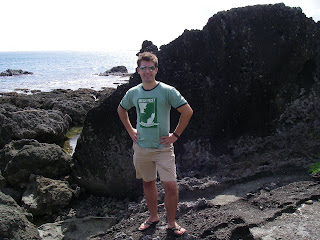Introducing Liz Girten, SPAN 232 student blogger

Hi! My name is Liz Girten and this semester I am taking the community based learning class Spanish 232. I decided that I wanted to take this class because I really loved the idea of experiencing real life Spanish conversations while helping out the Champaign-Urbana community. I love to volunteer and I think it is unique that this class combines typical classroom work with a volunteer project. My community partner is the Champaign Central High School . I work with the ESL class and help students if they have trouble understanding their homework assignments. So far I really enjoy it! The kids and teachers are so grateful for the help and have been very welcoming. It feels good to be using my Spanish skills in a real life situation and I feel satisfied knowing I have helped other students.








